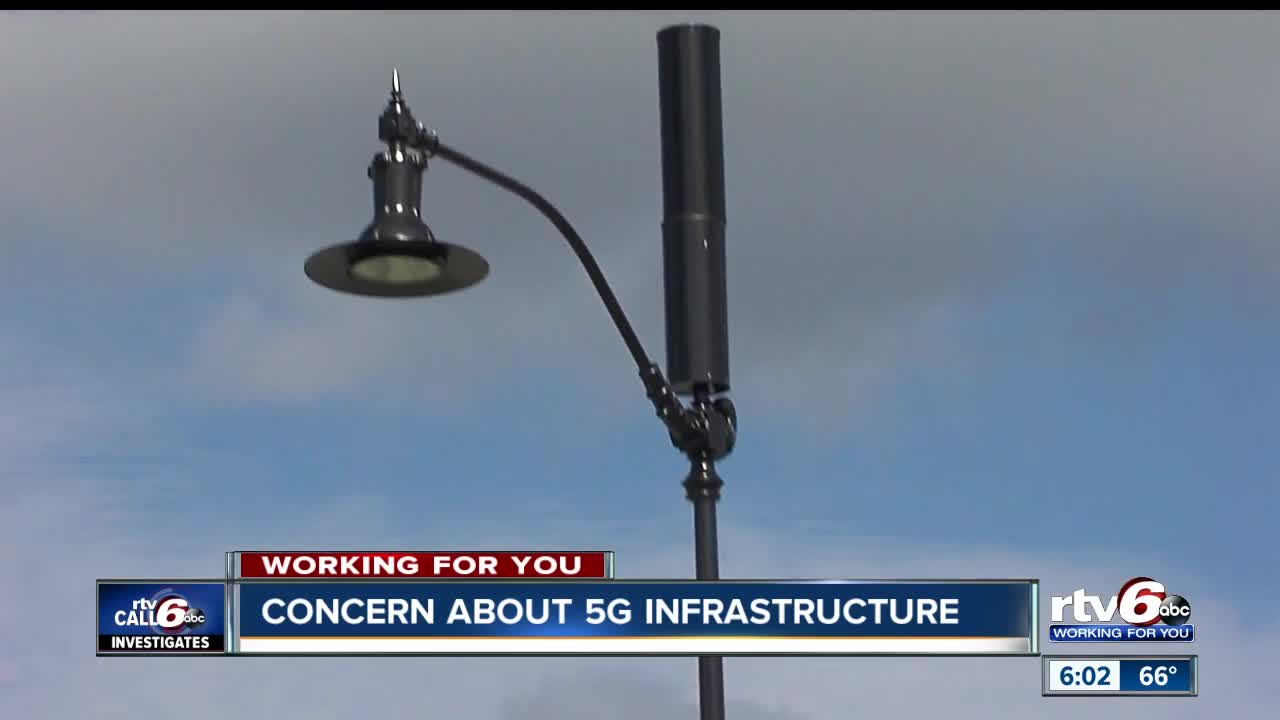If you've ever walked through a town, you may have seen tiny cell towers for 5G on street light poles. Visit this site look like little boxes, but they're actually broadcasting wireless signals from mobile providers to your phone.
These smaller towers are replacing larger built cell towers. Although they're not as visible but they can still create issues for users.
The FCC's Radiation Exposure Thresholds
The FCC's Radiation Exposure Thresholds define the maximum amount of time a person can be exposed to electromagnetic radiation from wireless devices. The exposure limits are based upon scientific research that show that RF energy could cause harm to health.
The specific absorption rate (SAR) is an indication of the radiofrequency energy that is taken up by tissues. It's typically 1.6 milliwatts per kilogram calculated over one gram of tissue.
However, because 5g transmits at higher frequencies, it has the potential to create more energy on the skin as well as other body areas. This could lead to many potential problems, including an increased development of skin diseases like dermatitis, cancer of the skin and cataracts.
Due to the possible negative effects of 5G radiation, PSU has chosen to establish a general, localized maximum power density of four MW/cm2 averaged across 1 centimeter, and not to exceed 30 minutes for all 5G services running at 3000 GHz. This localized limit is consistent with the maximum SAR that is spatially averaged at 1.6 W/kg, which is averaged over 1 g of tissue at 6 GHz.
The FCC's Maximum Exposure Thresholds for Maximum Exposure
Have you ever used a mobile phone, you're probably aware that the safest location from the tower is around 400 meters away. This is due to the power of the transmission of cell towers increases drastically the further you are from it.
Although this may sound like a good idea but the truth is that people who live close to towers may actually be more prone to health issues. For example, a study from 2014 in India discovered that people living within 50 meters of cell towers experienced much more health problems than those who were away from the antennas.

However, this study also revealed that those who relocated into areas farther away from the cell towers saw their symptoms improve within a few days. Other studies have revealed that exposure to high levels of radiofrequency electromagnetic fields (EMFs) can lead to brain tumors, cancers and other health issues.
This is because the RF radiation used in wireless communication can penetrate the human body's exterior layer, called the skin. This is important to understand because the skin serves as a protective barrier against mechanical injury, infection caused by pathogenic microorganisms and infiltration of toxic substances. It is also the largest organ in the human body and is accountable for protecting other organs.
The FCC's Minimum Exposure Thresholds
The FCC's Minimum Exposition Thresholds are based upon many assumptions that aren't supported by scientific research. They include the incorrect assumption that short-term exposures to RF radiation is safe due to minimal absorption into body (i.e. thermal heating of tissue).
The assumption also ignores the deeper penetration of the ELF elements of modulated radio signals and the consequences on the body of short bursts generated by RF waves that are pulsed. These assumptions are not in line with current understanding of the biological effects of RF radiation. As such, they should not be used for health protective exposure standards.
In addition to that, ICNIRP and FCC are limiting the maximum limits of exposure to peak local SARs based on the peak frequency of absorption (psSAR) that is an inadequate dosimetric tool for determining the level of exposure to radiofrequency radiation. In Click for more info is not accurate for frequencies that exceed 6 GHz. Additionally, psSAR hasn't been tested for what is a safe distance from a 5g cell tower that is exposed to other environmental agents such like sunlight. The interactions of RF radiations with different agents in the environment could result in antagonistic or synergistic effects. This could result in an increased risk of negative health consequences. For example, co-exposure to RF radiation along with exposure to sunlight can raise the chance of skin cancer and exacerbate other skin disorders, such as acne.
